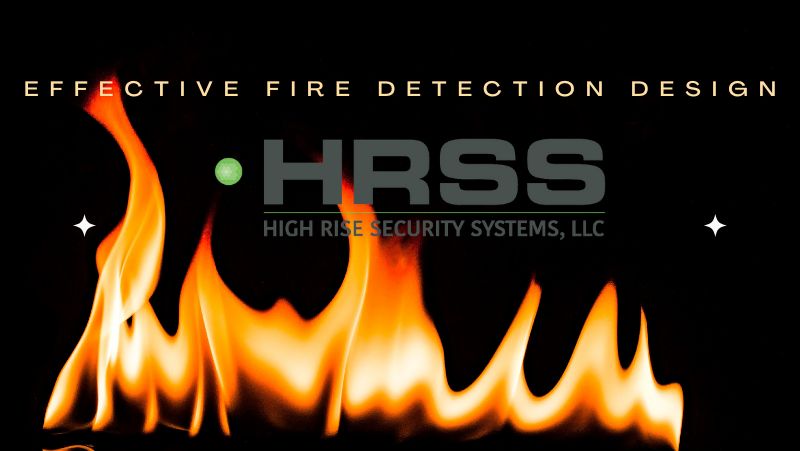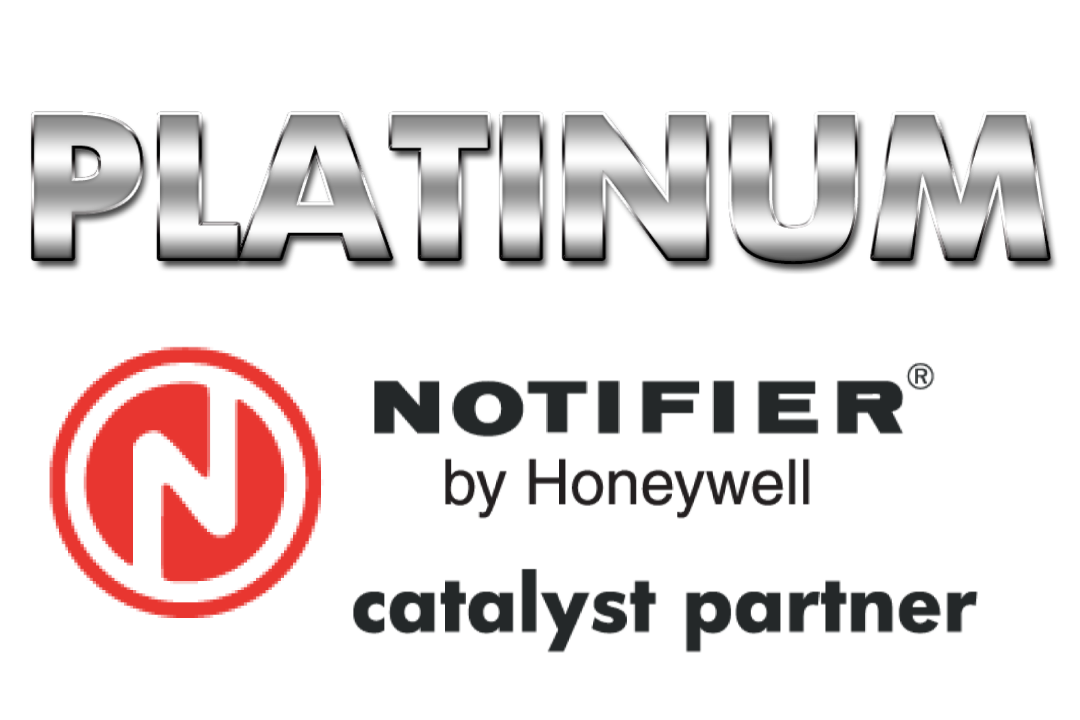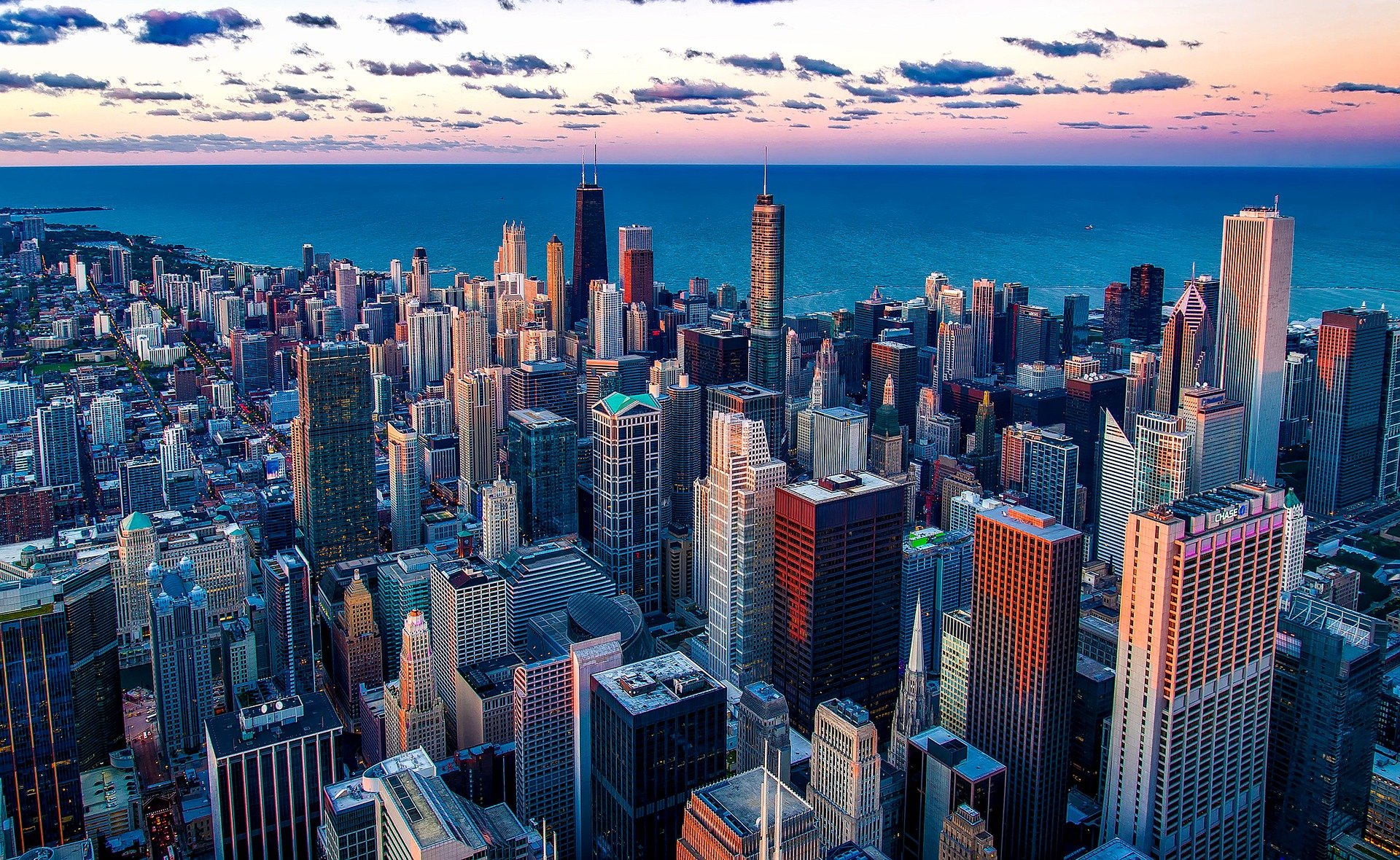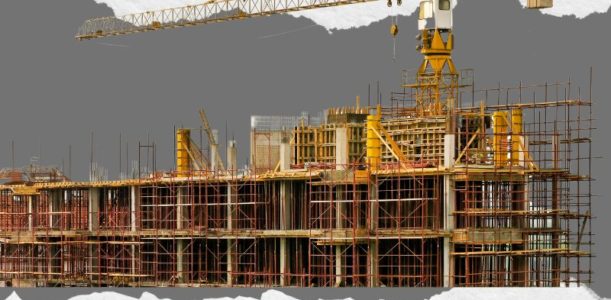
Get A Quote
The design of commercial fire protection systems must meet regulations set by the National Fire Protection Association (NFPA), the International Building Code (IBC), and any local standards. Newer construction must also consider the need for accessibility under the Americans with Disabilities Act (ADA).
Designing a fire protection system for your business is truly an art. High Rise Security Systems is a leader in fire safety, employing fire alarm designers and engineers working together to ensure your commercial fire protection system design is tailored to meet all architectural and fire code requirements.
As you begin the design process, keep in mind the main goals of a fire protection system – protect people, lessen recovery time, and property protection. The following steps will help you design a fire protection system that meets your specific building needs while achieving these main goals.
Step 1: Code Compliance
This must be the first goal in any design because there are minimum legal requirements that must be met. The skilled professionals at HRSS/SMG will ensure that your commercial fire protection system meets all required codes and standards, and we go above code compliance to cater your security system to your unique building layout and operations.
Step 2: Fire Detection Solutions
An upgraded, modern fire protection system is the difference between detecting a small fire that is manageable or risking a larger fire that causes more damage.
Integrated fire protection systems combine fire detection equipment, modern monitoring equipment, heat detectors, and notification systems. These inclusive fire protection systems make it possible to detect high and low levels of danger for the fastest notification of fire from the start.
Step 3: Alarms and Notifications
An integral part of your commercial fire safety system is fire alarms. Fire alarms alert building occupants of danger but also alert emergency personnel for quicker response time. The technology of fire alarms can provide information to emergency personnel on the location and seriousness of the fire. This allows emergency workers to be properly equipped and dispatched to the exact location they are needed. Furthermore, alarms can play recordings that provide direction to your building’s occupants for a safe exit.
Step 4: Suppression of a Fire
Sprinkler systems are the most common fire suppression tool. Sprinklers are used to contain fires until they can be put out and are a critical part of a suppression system design.
Another option is chemical suppression for buildings where using water is not an option, depending on the contents of the building.
Step 5: System Maintenance
Having your fire protection system checked once a year is crucial to ensure fire protection is working properly and effectively.
It is always important to check your local and state fire codes because they can vary depending on your location. Another great approach to the design of your fire protection system is to always strive to go above and beyond the minimum fire code requirements. After all, the purpose of a fire protection system is the protection of life and property.
The knowledgeable team at HRSS/SMG ensures that each project is met with perfection, combining the best design for your commercial building while adhering to all fire safety code requirements, resulting in efficient and modern fire protection systems.
HRSS/SMG is a leader in commercial fire and life safety systems and ensures your fire protection system offers the most efficient and modern code-compliant equipment and design. Gain peace of mind from having a commercial fire protection system that offers integrated solutions for your business needs. Contact us today to speak with a skilled commercial fire safety system designer.



